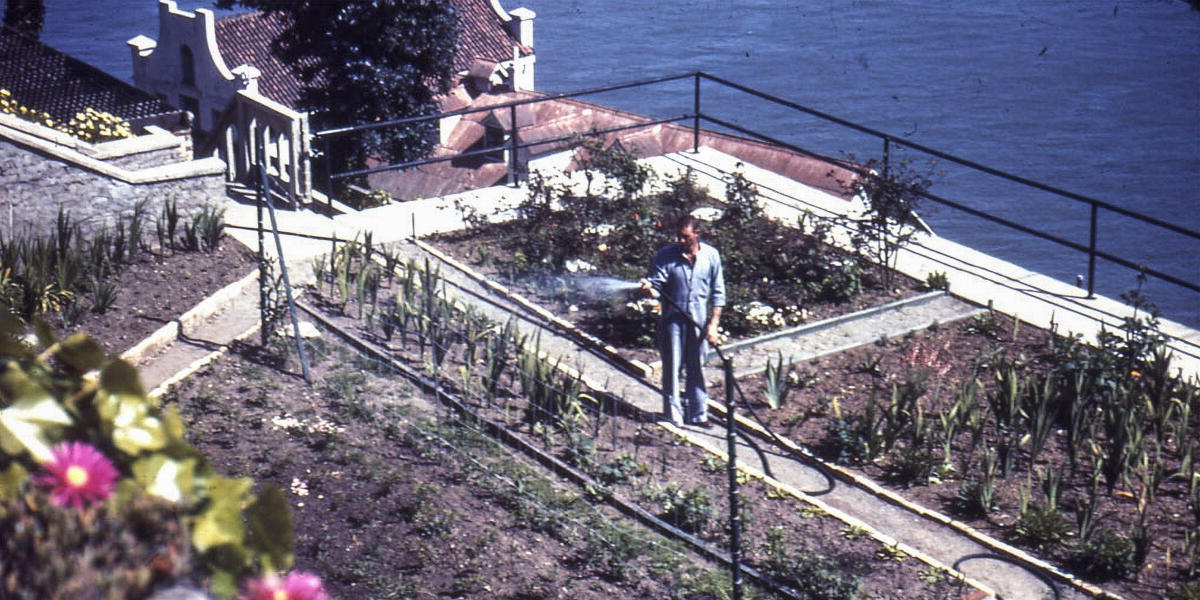Your parks need you now
Your support helps fight climate change and promote park sustainability—please give now.

As early as 1869, incarcerated soldiers began tending the Gardens of Alcatraz. Many of these incarcerated gardeners had no horticulture experience, but with vocational training and donated plants, they were able to transform the barren rock into extensive planted terraces, including a rose garden and cutting gardens overflowing with brightly colored flowers.
When the military left the island to the federal Bureau of Prisons in 1933, the tradition of gardening continued. Mr. Freddie Reichel, the first secretary to Warden Johnston, wanted to maintain the beautiful gardens left by the military, but realized he could not do it alone. With permission from the warden, he recruited men who were incarcerated in the super maximum prison on the island. The work was a privilege: not only did it allow men to be out of their cells and away from the tension of the prison, but it also offered them a chance to create beauty in a forbidding environment.
In a letter to the California Horticultural Society shortly after the prison opened, Reichel wrote:
Reichel eventually recruited other incarcerated men who proved to be natural plantsmen. Under watch of the guard towers, the gardeners carved the island's west side slopes into terraces and cultivated blooming gardens.
Visit the historic gardeners' profiles below to learn more about their work in the Gardens of Alcatraz .
Your support helps fight climate change and promote park sustainability—please give now.